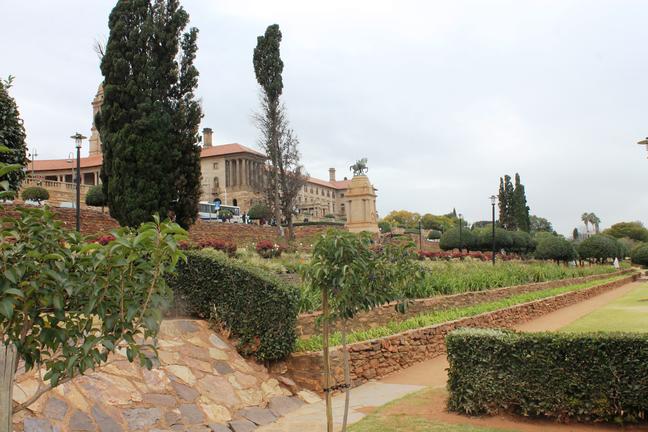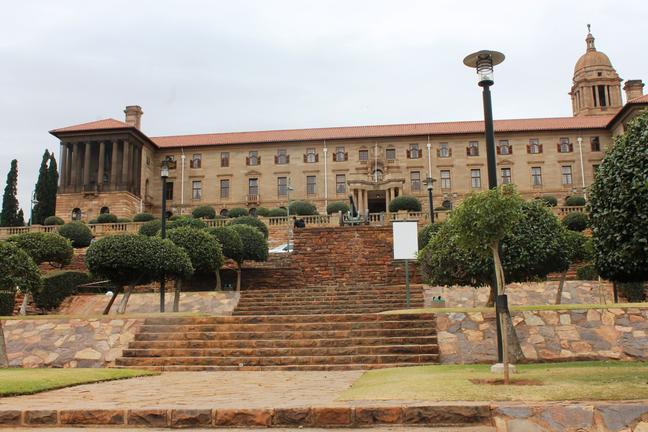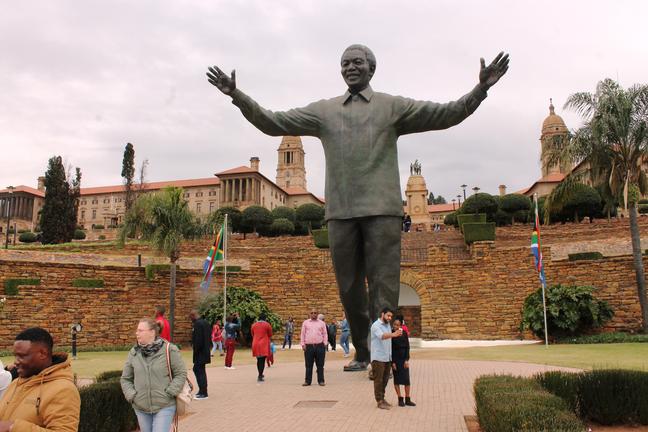Pretoria’s Union Buildings, the official seat of the national government, house the offices of the South African president and are located atop the Meintjieskop in the Arcadia suburb of Tshwane. An important South African heritage site, the impressive building is surrounded by pretty terraced gardens that offer panoramic views over the city.
The Union Buildings are one of the most recognisable and impressive heritage landmarks in Tshwane. The 285m-long sandstone building was designed by Sir Herbert Baker in 1910 to mark the Union of South Africa. The neo-classical design of the semi-circular building reflects the British imperial tastes of the time and the site itself, high on a central ridge looking out over the city, was chosen thanks to its similarity to the location of the acropolis in Athens. The two wings of the building and their twin domed towers are said to represent the Afrikaans and English languages, joined together by a central curved courtyard, symbolic of the union of the communities following years of war.
The Union Buildings have been the backdrop for some of the country’s most pivotal moments, such as the 20 000-strong march on 9 August 1956, led by South African women of all races protesting against the apartheid pass laws. For international visitors this iconic building is most memorable as the place where Nelson Mandela was inaugurated in 1994 as the first democratically elected leader of South Africa, a moment which was screened live on television to millions of viewers across the world.
Unfortunately, you cannot go inside the buildings themselves, but visitors are free to explore the terraced gardens that look out over the city. The gardens are a particularly popular place for family picnics or to have wedding photos taken and also often function as the venue for major concerts and festivals.
Within the gardens you’ll find various monuments to important historic South African figures, including a monument of General Louis Botha riding his horse and an imposing 9m-tall bronze statue of Nelson Mandela that was unveiled here just after his death in 2013.


